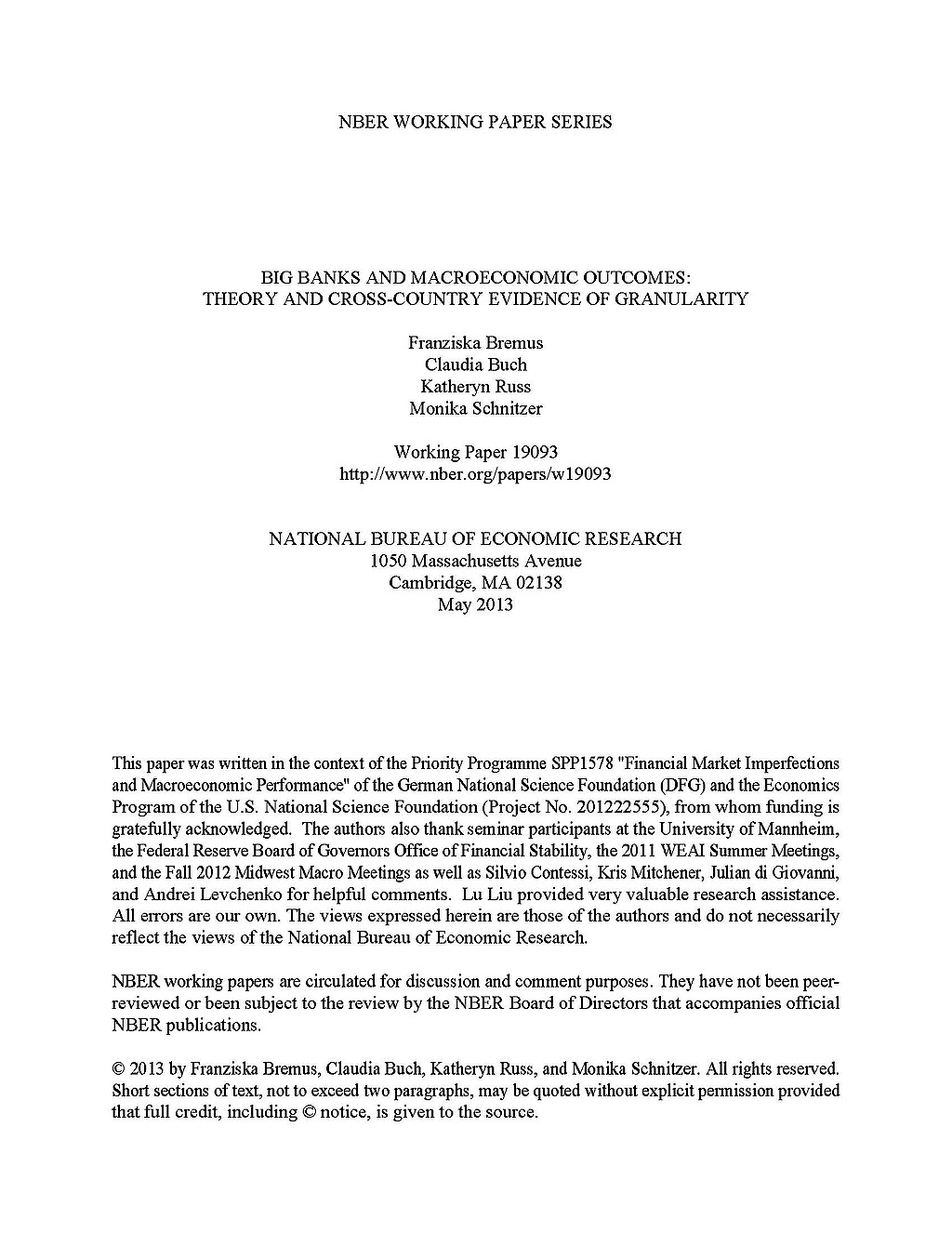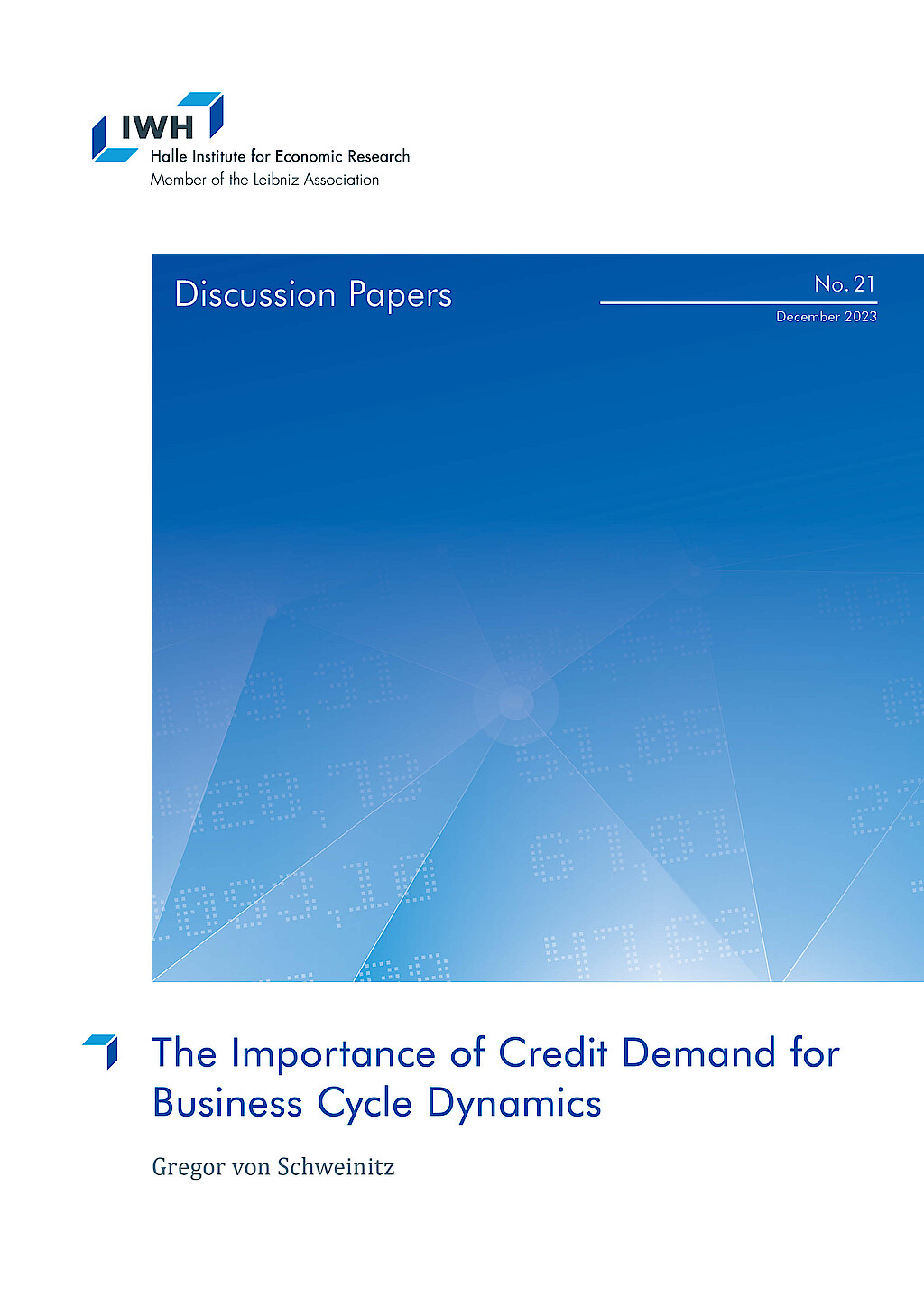
Forecasting Natural Gas Prices in Real Time
in: NBER Working Paper, Nr. 33156, 2024
Abstract
<p>This paper provides a comprehensive analysis of the forecastability of the real price of natural gas in the United States at the monthly frequency considering a universe of models that differ in their complexity and economic content. Our key finding is that considerable reductions in mean-squared prediction error relative to a random walk benchmark can be achieved in real time for forecast horizons of up to two years. A particularly promising model is a six-variable Bayesian vector autoregressive model that includes the fundamental determinants of the supply and demand for natural gas. To capture real-time data constraints of these and other predictor variables, we assemble a rich database of historical vintages from multiple sources. We also compare our model-based forecasts to readily available model-free forecasts provided by experts and futures markets. Given that no single forecasting method dominates all others, we explore the usefulness of pooling forecasts and find that combining forecasts from individual models selected in real time based on their most recent performance delivers the most accurate forecasts.</p>

Risky Oil: It's All in the Tails
in: NBER Working Paper, Nr. 32524, 2024
Abstract
<p>The substantial fluctuations in oil prices in the wake of the COVID-19 pandemic and the Russian invasion of Ukraine have highlighted the importance of tail events in the global market for crude oil which call for careful risk assessment. In this paper we focus on forecasting tail risks in the oil market by setting up a general empirical framework that allows for flexible predictive distributions of oil prices that can depart from normality. This model, based on Bayesian additive regression trees, remains agnostic on the functional form of the conditional mean relations and assumes that the shocks are driven by a stochastic volatility model. We show that our nonparametric approach improves in terms of tail forecasts upon three competing models: quantile regressions commonly used for studying tail events, the Bayesian VAR with stochastic volatility, and the simple random walk. We illustrate the practical relevance of our new approach by tracking the evolution of predictive densities during three recent economic and geopolitical crisis episodes, by developing consumer and producer distress indices that signal the build-up of upside and downside price risk, and by conducting a risk scenario analysis for 2024.</p>

Fiscal Policy under the Eyes of Wary Bondholders
in: IWH Discussion Papers, Nr. 26, 2023
Abstract
This paper studies the interaction between fiscal policy and bondholders against the backdrop of high sovereign debt levels. For our analysis, we investigate the case of Italy, a country that has dealt with high public debt levels for a long time, using a Bayesian structural VAR model. We extend a canonical three variable macro mode to include a bond market, consisting of a fiscal rule and a bond demand schedule for long-term government bonds. To identify the model in the presence of political uncertainty and forward-looking investors, we derive an external instrument for bond demand shocks from a novel news ticker data set. Our main results are threefold. First, the interaction between fiscal policy and bondholders’ expectations is critical for the evolution of prices. Fiscal policy reinforces contractionary monetary policy through sustained increases in primary surpluses and investors provide incentives for “passive” fiscal policy. Second, investors’ expectations matter for inflation, and we document a Fisherian response of inflation across all maturities in response to a bond demand shock. Third, domestic politics is critical in the determination of bondholders’ expectations and an increase in the perceived riskiness of sovereign debt increases inflation and thus complicates the task of controlling price growth.

Macroeconomic Effects from Sovereign Risk vs. Knightian Uncertainty
in: IWH Discussion Papers, Nr. 27, 2023
Abstract
This paper compares macroeconomic effects of Knightian uncertainty and risk using policy shocks for the case of Italy. Drawing on the ambiguity literature, I use changes in the bid-ask spread and mid-price of government bonds as distinct measures for uncertainty and risk. The identification exploits the quasi-pessimistic behavior under ambiguity-aversion and the dealer market structure of government bond markets, where dealers must quote both sides of the market. If uncertainty increases, ambiguity-averse dealers will quasi-pessimistically quote higher ask and lower bid prices – increasing the bid-ask spread. In contrast, a pure change in risk shifts the risk-compensating discount factor which is well approximated by the change in bond mid-prices. I evaluate economic effects of the two measures within an instrumental variable local projection framework. The main findings are threefold. First, the resulting shock time series for uncertainty and risk are uncorrelated with each other at the intraday level, however, upon aggregation to monthly level the measures become correlated. Second, uncertainty is an important driver of economic aggregates. Third, macroeconomic effects of risk and uncertainty are similar, except for the response of prices. While sovereign risk raises inflation, uncertainty suppresses price growth – a result which is in line with increased price rigidity under ambiguity.

The Importance of Credit Demand for Business Cycle Dynamics
in: IWH Discussion Papers, Nr. 21, 2023
Abstract
This paper contributes to a better understanding of the important role that credit demand plays for credit markets and aggregate macroeconomic developments as both a source and transmitter of economic shocks. I am the first to identify a structural credit demand equation together with credit supply, aggregate supply, demand and monetary policy in a Bayesian structural VAR. The model combines informative priors on structural coefficients and multiple external instruments to achieve identification. In order to improve identification of the credit demand shocks, I construct a new granular instrument from regional mortgage origination. <br />I find that credit demand is quite elastic with respect to contemporaneous macroeconomic conditions, while credit supply is relatively inelastic. I show that credit supply and demand shocks matter for aggregate fluctuations, albeit at different times: credit demand shocks mostly drove the boom prior to the financial crisis, while credit supply shocks were responsible during and after the crisis itself. In an out-of-sample exercise, I find that the Covid pandemic induced a large expansion of credit demand in 2020Q2, which pushed the US economy towards a sustained recovery and helped to avoid a stagflationary scenario in 2022.



